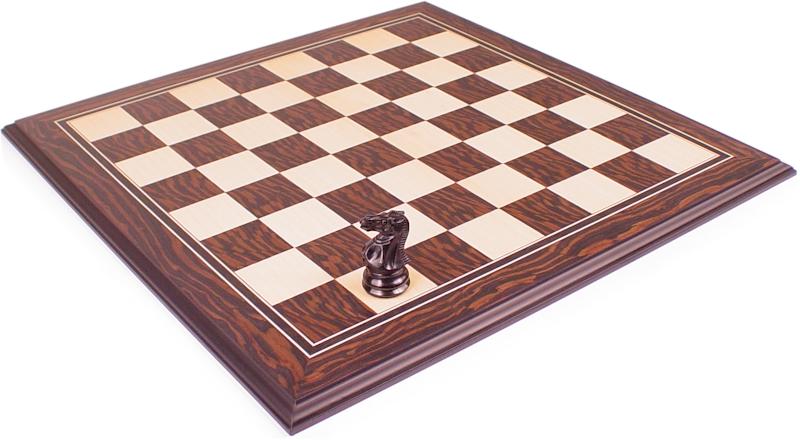
The Best Moves Never Played: Key Positions 5
This article concludes our series on Key Positions! Last time, we studied how strong players from the past sacrificed pawns positionally. Really what we looked at was one strategic method out of numerous methods used by strong players to achieve good results. In an excellent book Strategic Methods in Chess, A. Terekhin collected 50 strategic methods ranging from disappearing move, two weaknesses, and Rubinstein's maneuver, to cutting off the knight. (The book is published in Russian and German but unfortunately not in English.) Today I would like to present some of the positions collected by Terekhin from the chapter on cutting off the knight that fit our theme.
Tarash's most famous observation that if "One piece stands badly, the whole game stands badly" apply here quite aptly. This is especially true if it is hard to get this badly placed piece into the game. For a knight to be badly placed, it usually has to be at the edge of the board. For example, in the following study white has enough time to bring the bishop to b4 to cut off the knight.
Sometimes an absolutely normal position can turn ugly as a consequence of poorly pieces. For example, the next position looks worse for black due to white's two bishops and the weakness on d6. Black knights do not have strong squares they can reach quickly, there is an excellent e5 outpost, but it will take about five knight moves to reach it. So what to do? One idea is to get rid of the weakness and exchange couple of pieces and possibly a pair of bishops. However, black opted for a continuation that jeopardized the knight activity.
One has to choose between two evils, such as in the next example where black has an option to have the knight locked up on g7 or on h6. In such cases one should look for prospects for the knight in future and and be mindful not to obstruct the mobility of other pieces. The knight on g7 takes away this important square from black king, whereas the knight on h6 leaves it free for the king. Moreover after f6 the knight can get into the game via f7.
The strategy for the stronger side to play, when the opponent's knight is cut off at the edge of the board: Start play on the opposite side of the board! In the classic example below, black's knight was stuck on a5 without short-term solutions. However, black has a clear long-time plan of getting the knight into the game through the b7-square. This is why Kotov starts a quick kingside attack, where black has not enough time to regroup.
Today we studied several positions where the knight was cut off from the play on the edge of the board. Practically, this was equivalent to playing down a piece - so we explored typical methods of converting such an advantage. Next week we will start with the new topic of Intuition.






